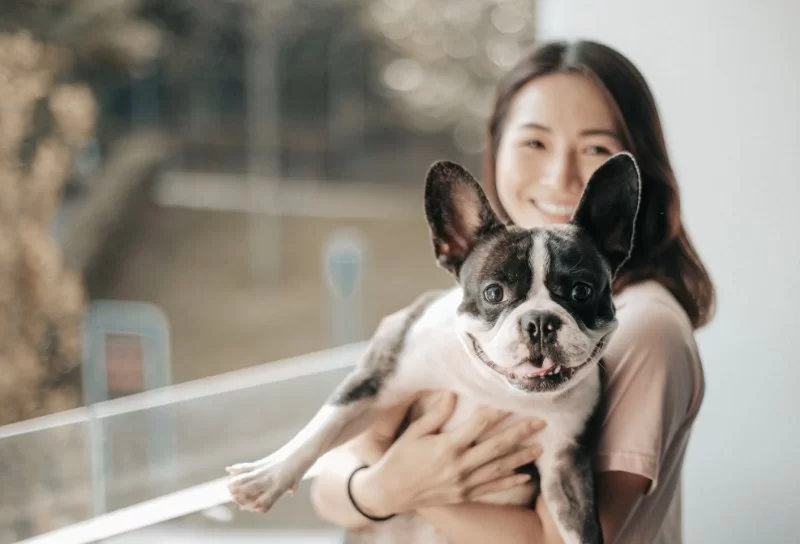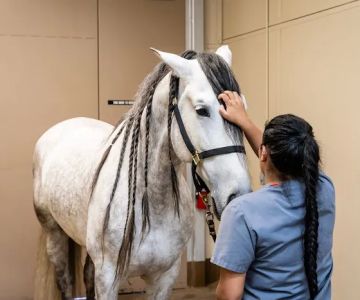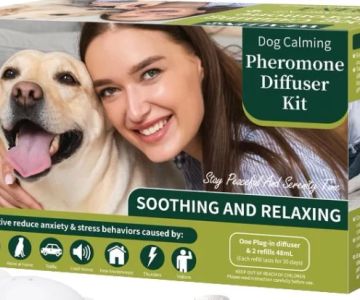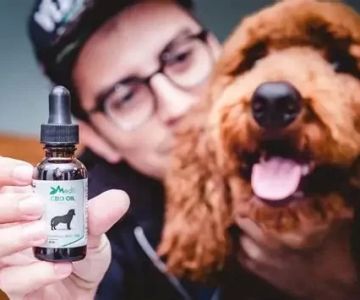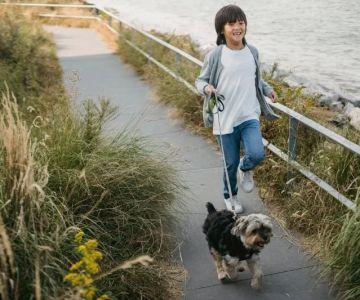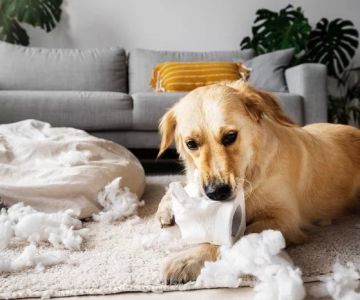1. Understanding Pet Anxiety After Surgery
After surgery, many pets experience confusion, stress, or fear. They might not understand why they feel discomfort or why their environment has changed. This anxiety is common and temporary, but it requires patience and care. Whether your pet has undergone a minor dental procedure or a major operation, their emotional recovery is as important as their physical healing. Recognizing the signs of post-surgery anxiety can help you respond quickly and effectively.
1.1 Common Signs of Anxiety in Pets
Post-surgery anxiety can manifest in various ways depending on your pet’s personality and the type of procedure performed. Dogs may whine, pace, or become clingy, while cats might hide, refuse food, or groom excessively. Some pets may even regress in behavior—such as house-trained dogs having accidents indoors. Understanding these cues is the first step in creating a supportive environment.
1.2 Why Pets Feel Anxious After Surgery
The combination of anesthesia, pain, and disorientation contributes to post-operative anxiety. Pets may also become fearful due to new smells, bandages, or restricted movement caused by an e-collar. Separation from their owners during hospital stays can heighten this distress, making the return home both comforting and overwhelming.
2. Creating a Calm Environment for Recovery
A peaceful recovery space is essential for helping your pet regain confidence after surgery. The goal is to provide safety, warmth, and predictability. Avoid overstimulation—loud noises, guests, or changes in routine can increase stress levels.
2.1 Setting Up a Comfortable Space
Choose a quiet area where your pet feels secure. Soft bedding, low lighting, and access to fresh water are key. For cats, consider a cozy hideaway such as a covered box or enclosed bed. Dogs may benefit from a familiar blanket or their favorite toy. Keep other pets and children at a distance until your recovering animal is more relaxed.
2.2 Using Familiar Scents and Sounds
Familiar smells can comfort your pet during this sensitive time. You might leave an unwashed t-shirt nearby or use a pheromone diffuser to promote calm. Soft background music or white noise can also help mask external disturbances and keep your pet at ease.
3. Managing Physical Discomfort and Pain
Pain and discomfort are major contributors to post-surgery anxiety. Following your veterinarian’s pain management instructions precisely is critical. If your pet is uncomfortable, they are more likely to exhibit anxious behaviors such as restlessness, whining, or avoidance.
3.1 Administering Medication Properly
Administer prescribed medications on schedule and monitor your pet’s response closely. Never adjust doses or stop pain medication early without consulting your vet. Consistent medication helps minimize discomfort and allows your pet to rest and recover more effectively.
3.2 Monitoring for Complications
Look for signs of swelling, redness, or discharge at the incision site. If your pet licks or bites the area excessively, it may indicate pain or irritation. In these cases, use an e-collar or recovery suit as recommended by your veterinarian. At Hidden Brook Veterinary, our post-operative care experts emphasize the importance of early detection to prevent setbacks in healing.
4. Building Emotional Security and Trust
Emotional support plays a huge role in your pet’s post-surgery recovery. Your pet will look to you for reassurance and guidance. The tone of your voice, your body language, and your presence all contribute to their sense of safety.
4.1 Consistent Routine and Gentle Interaction
Stick to familiar routines as much as possible. Feed, walk, and comfort your pet at regular times. Keep interactions calm—avoid loud tones or sudden movements. Simple gestures like soft petting or speaking in a soothing voice can help rebuild trust and reduce stress.
4.2 Using Positive Reinforcement
Reward calm behavior with gentle praise or treats. This reinforces the idea that relaxation brings positive outcomes. However, don’t over-reward anxious reactions, such as whining or barking, as it can unintentionally reinforce those behaviors.
5. Handling Separation Anxiety After Surgery
Many pets develop temporary separation anxiety after surgery. The combination of physical vulnerability and altered routines can make them more dependent on their owners. Gradual independence training can help restore confidence.
5.1 Gradual Desensitization
Start by leaving the room for short periods and gradually increase the time apart. Reward your pet when they remain calm during your absence. Over time, this helps them learn that you will always return, reducing anxiety-driven behaviors like scratching doors or barking.
5.2 Comfort Items and Sensory Cues
Provide your pet with familiar comfort items such as toys or blankets. Leaving on a low-volume radio or calming scent can create a sense of presence. For extreme cases, anxiety wraps or calming supplements approved by your vet may help.
6. Supporting Long-Term Recovery and Behavior Adjustment
Recovery doesn’t end once the incision heals—emotional recovery can take longer. Consistent care, positive association, and patience are key to preventing long-term anxiety patterns.
6.1 Gradual Reintroduction to Normal Activities
Once your vet approves, begin reintroducing play, outdoor walks, or social interactions slowly. Watch for signs of fatigue or stress and adjust accordingly. Encouraging gentle activity helps your pet regain confidence in movement and rebuild strength.
6.2 Consulting Behavioral Experts
If your pet’s anxiety persists for several weeks, consult a veterinary behaviorist. Chronic anxiety can interfere with recovery and overall wellbeing. At Hidden Brook Veterinary, our specialists can design individualized behavior modification plans to restore your pet’s balance and happiness.
7. A Real-Life Story: Max’s Journey to Calm Recovery
Max, a three-year-old Golden Retriever, underwent knee surgery after a sports injury. His owner noticed that Max became anxious at night, pacing and whining. After consulting with Hidden Brook Veterinary, they introduced a structured recovery plan: calming music, a routine feeding schedule, and gradual crate training. Within two weeks, Max’s anxiety decreased dramatically, and he began sleeping peacefully again. His story highlights that patience, structure, and professional guidance can transform a stressful recovery into a smooth healing journey.
7.1 What We Can Learn from Max
Max’s recovery emphasizes the importance of addressing both physical and emotional needs. Every pet heals differently, but with love, consistency, and veterinary support, most regain their confidence quickly. Always trust your instincts—if your pet’s behavior seems unusual, it’s worth seeking expert advice.
8. Final Thoughts: Healing Takes Time and Compassion
Helping your pet through post-surgery anxiety requires patience and empathy. Their confusion and stress are natural reactions to pain and change. By maintaining a calm environment, following medical advice, and offering consistent reassurance, you can guide your furry companion toward full recovery—both inside and out. For comprehensive recovery care and expert guidance, reach out to Hidden Brook Veterinary, where compassionate professionals are dedicated to your pet’s long-term health and comfort.

